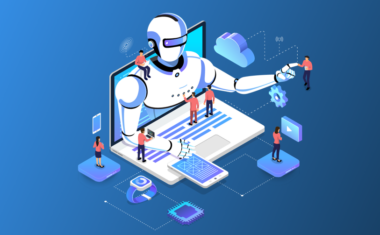AI vs. Machine Learning vs. Deep Learning: What’s the Difference?
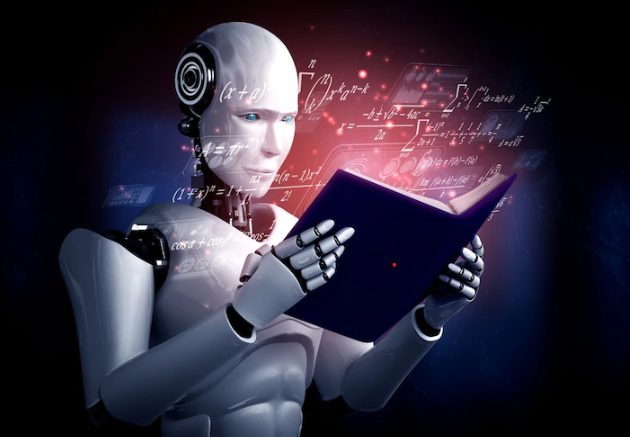
In this article
From movies to sci-fi novels, the fields of artificial intelligence (AI), machine learning (ML), and deep learning (DL) have all captured the public’s imagination. But it’s easy to forget that these distinct fields all have specific purposes in the world of computer science and software engineering.
What further confuses things is that the terms are often misused, even by corporations claiming to employ these disciplines. One study that looked at the work of 2,830 European companies claiming to use AI and ML in their software found that 40% of them didn’t use those technologies at all. Often, these companies were banking on the public’s fascination with these terms to drum up investor and consumer interest.
While some companies might be able to get away with playing fast and loose with those terms, software engineers cannot. So if you aspire to work in the software industry and actually use technologies like machine learning, deep learning, and AI, then you need to know what they really are. That’s exactly what we’re going to break down in this post.
Is There a Difference Between AI, Machine Learning, and Deep Learning?

The effort to turn computers into “intelligent machines” goes back to the 1950s. Pioneers in the field wanted to turn computers from devices that could only execute commands to ones that could store procedures and be able to do some level of decision-making themselves.
One could say that artificial intelligence, machine learning, and deep learning are technologies that emerged to make that happen. But there are important distinctions between the three of them. Let’s break those down.
Getting To Know the Terms: AI vs. ML vs. Dl
Let’s look at what these three terms mean so we can begin to tease out the differences between them.
What Is AI?
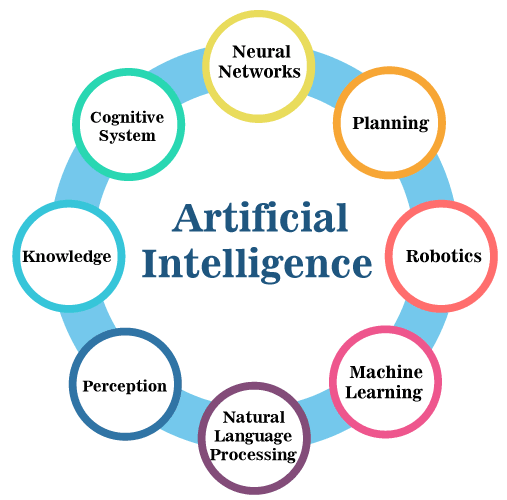
Artificial intelligence is simply a system’s ability to correctly interpret data, learn from it, and then use those learnings to achieve specific goals and complete tasks through adaptation. In general terms, AI is great at automating routine and repetitive tasks. In other words, it’s great at optimizing.
We use the term artificial intelligence because it manifests itself in ways that remind us of our own human intelligence. That means that AI seems to be able to produce programs that can learn from data and make adaptations that are not hard-coded into the program.
As you can see, AI has a pretty broad definition. That is why fields like machine learning are considered a sub-field of AI.
Related Read: How Will Artificial Intelligence Affect Our Lives in the Future?
What Is Machine Learning?
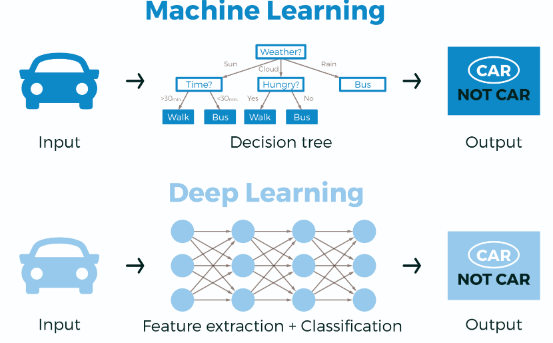
Machine learning is a system of algorithms that receives inputs, produces outputs, then checks the outputs and adjusts the system’s original algorithms to produce even better outputs. The algorithms used in machine learning are ones that have been around for a long time like linear regression and classification algorithms.
When it comes to machine learning, it isn’t enough to have an algorithm. You also need to have data that it can “learn” from. The greater the volume of data available to the algorithm, the better it will be at producing accurate results using both supervised and unsupervised learning methods.
Related Read: Future Scope of Machine Learning: What’s to Come for Work & Business
What Is Deep Learning?
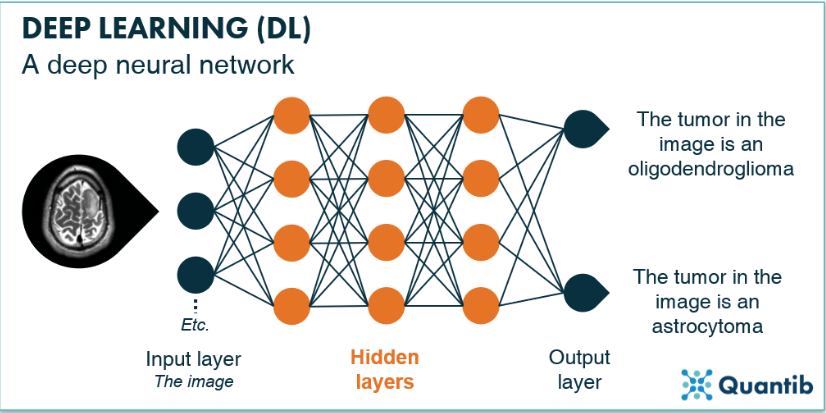
Machine learning checks the outputs of its algorithms and adjusts the underlying algorithms to get better at solving problems. Deep learning links (or layers) machine learning algorithms in such a way that the output layer of one algorithm is received as inputs by another.
Deep learning is considered a subset of machine learning because of that. It achieves the ability to link the results of machine learning algorithms by using a framework called a neural network or deep learning network. These neural networks are used to develop deep learning models that have powerful learning capabilities
Related Read: How Deep Learning Revolutionized NLP
How Do They Work?
Now let’s take a look at what this all looks like in action.
How Does AI Work?
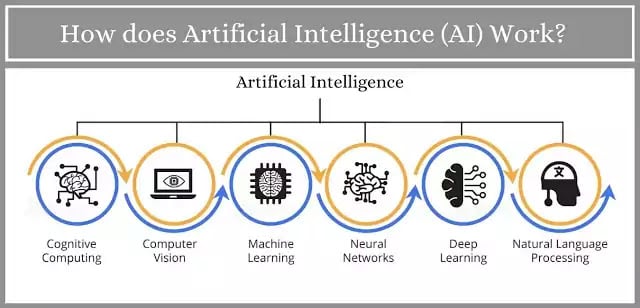
Let’s take a look at an example that most of us might be familiar with to look at how AI works.
Amazon Prime’s Warehouses used to be powered by people. But because of the predictable nature of this work, it could be optimized and handed over to robots that run on artificial intelligence.
The robots that were developed were built using pre-existing data about how items are stored in warehouses, how orders come in, and what needs to be done to pick and pack items for a particular order. That’s how AI works, by using pre-existing data and adapting learnings from it to automate specific tasks.
What AI is not great at is creating and thinking outside the box. Things that fall outside of this core competency include: creativity, imagination, holistic viewing of something, arts, motor skills, rhythm, non-verbal communication and cues, musicality, feelings, visualization, and empathy. When the robot carrying the yellow bin filled with products you bought gets stuck, it doesn’t know how to solve that problem. This requires creativity and a holistic approach—a job meant for people. Workers in new Amazon distribution centers now help robots do their jobs.
Get To Know Other Data Science Students
Leoman Momoh
Senior Data Engineer at Enterprise Products
Aaron Pujanandez
Dir. Of Data Science And Analytics at Deep Labs
Lou Zhang
Data Scientist at MachineMetrics
How Does Machine Learning Work?

One example of machine learning in action is an organization called Crisis Text Line, which uses machine learning to figure out which words, when typed in a text message, are the most likely to predict suicide. To isolate words, it employs a machine learning technique called entity extraction. Then it uses natural language processing and sentiment analysis to figure out that the word “ibuprofen” is 14 times more likely to predict suicide than the actual word “suicide,” and that the crying face emoji is 11 times more likely to predict that the person is in crisis.
This example illustrates how machine learning models work. If you have a dataset where certain patterns present themselves, you can then use machine learning algorithms to study those patterns and initiate a learning process about the connections within that data. The more complicated the problem we attempt to solve with machine learning, the more sophisticated the algorithms become.
How Does Deep Learning Work?

Deep learning is the use of machine learning algorithms that use a nested hierarchy of simple concepts to represent more abstract and complex concepts. For example, a company called Dialpad uses deep learning loaded with natural language processing and entity extraction to automatically transcribe massive amounts of phone call data. It then uses sentiment analysis—a deep learning technique—to discern whether the sentiment of the conversation is positive or negative, in real-time. This gives people using Dialpad an opportunity to respond to negative sentiments with more empathy and data.
How Are They Used?
Businesses use AI, ML, and DL for different purposes. Let’s take a look at what determines which use cases they’re applicable for.
AI
Ai is used in a very wide variety of applications. Companies take advantage of AI wherever there is an opportunity to automate a repeated process. It is especially popular for building robots that work in e-commerce warehouses, self-driving cars, and tools that automatically parse large texts like legal documents.
Machine Learning
Many pieces of software become more efficient when they’re able to learn from pre-existing data. Businesses use machine learning to learn from data at a rate that humans never could.
Internet search engines use machine learning algorithms to connect keywords to internet pages, Similarly, the technology is also used to learn what spam is and filter it out of email.
Deep Learning
Companies use deep learning whenever there is a large volume of data points available in such a way that what you learn from one data point can inform inferences from other ones.
The most common technology that underlies any natural language processing software is deep learning. Consider any device that processes audio files or live audio, like when you interact with Siri. There are deep learning networks within the software that process what you say progressively and connect them to specific outputs.
Deep learning is also used in fraud detection software for insurance companies and computer vision tools.
AI vs. Machine Learning vs. Deep Learning Examples
Let’s take a look at a few different examples so we can get a better understanding of the applications of each of these technologies.
Examples of AI
Self-driving cars are a great example of what becomes possible with artificial intelligence.
A self-driving car is basically a machine that learns how to drive like human beings do (and maybe even better). It might not be what some refer to as true machine intelligence because it still requires some inputs from humans. But it does do a pretty great job of mimicking human intelligence by using image recognition to maneuver through roads and make key decisions.
Some other examples of AI are:
- Robots used for manufacturing purposes
- Digital assistants that learn about your preferences
- Smart home devices that can understand what you’re saying and give contextual responses
- Safety devices that recognize and categorize faces
Examples of Machine Learning
Image recognition is a classic example of machine learning. Think about how Facebook can identify your friends or there are apps that can recommend products to you based on what’s in a picture you’ve taken.
The training process for these software involves feeding a machine learning algorithm huge amounts of input data in the form of random images. A reinforcement learning model is used to reward the algorithm every time it’s able to make an accurate connection between two different images. Over time, you end up with machine learning systems that get very good at identifying people and objects in images.
Some other examples of machine learning applications are:
- Speech recognition software
- Predictive analytical tools
- Translation software
Examples of Deep Learning
Virtual assistants like Siri wouldn’t be possible without deep learning technology. A virtual assistant is essentially a piece of software that’s able to carry out the complex task of interacting with a human which shows natural language understanding. It is able to do that only by using a layered structure of machine learning algorithms that process new inputs and learn what the appropriate responses are each time.
Deep learning is also used to build:
- Automated disease detection using image data like MRIs
- Discovering new drugs by studying patterns in existing pharmaceutical products
- Recommender systems like the ones used by Netflix and Amazon
- Products that automatically color images by first identifying the objects in them
AI vs. ML vs. DL Jobs: Is There a Difference?
Working in AI is not the same as being an ML or DL engineer. Here’s how you can tell those careers apart and decide which one is the right call for you.
What Does an AI Engineer Do?
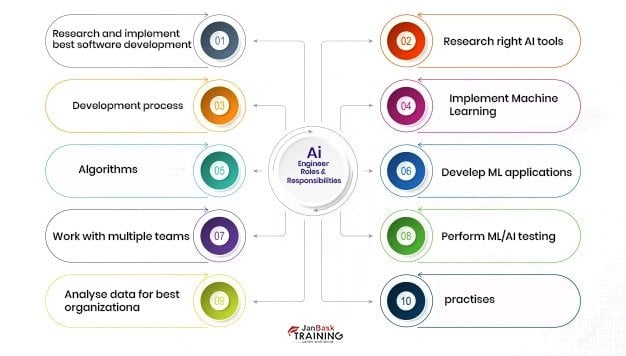
AI engineers are hired to identify opportunities to automate business processes or enhance them using artificial intelligence.
AI engineers often start their work by studying a business. This will produce insights into the areas where repetitive tasks occur. These are areas where AI can be used to increase efficiency.
AI engineers then proceed to build AI solutions based on those findings. They apply concepts from logic, statistical and probability analysis, and data processing as part of the work that they do. Python, Java, and R are the popular programming languages used to build AI software.
What Does a Machine Learning Engineer Do?
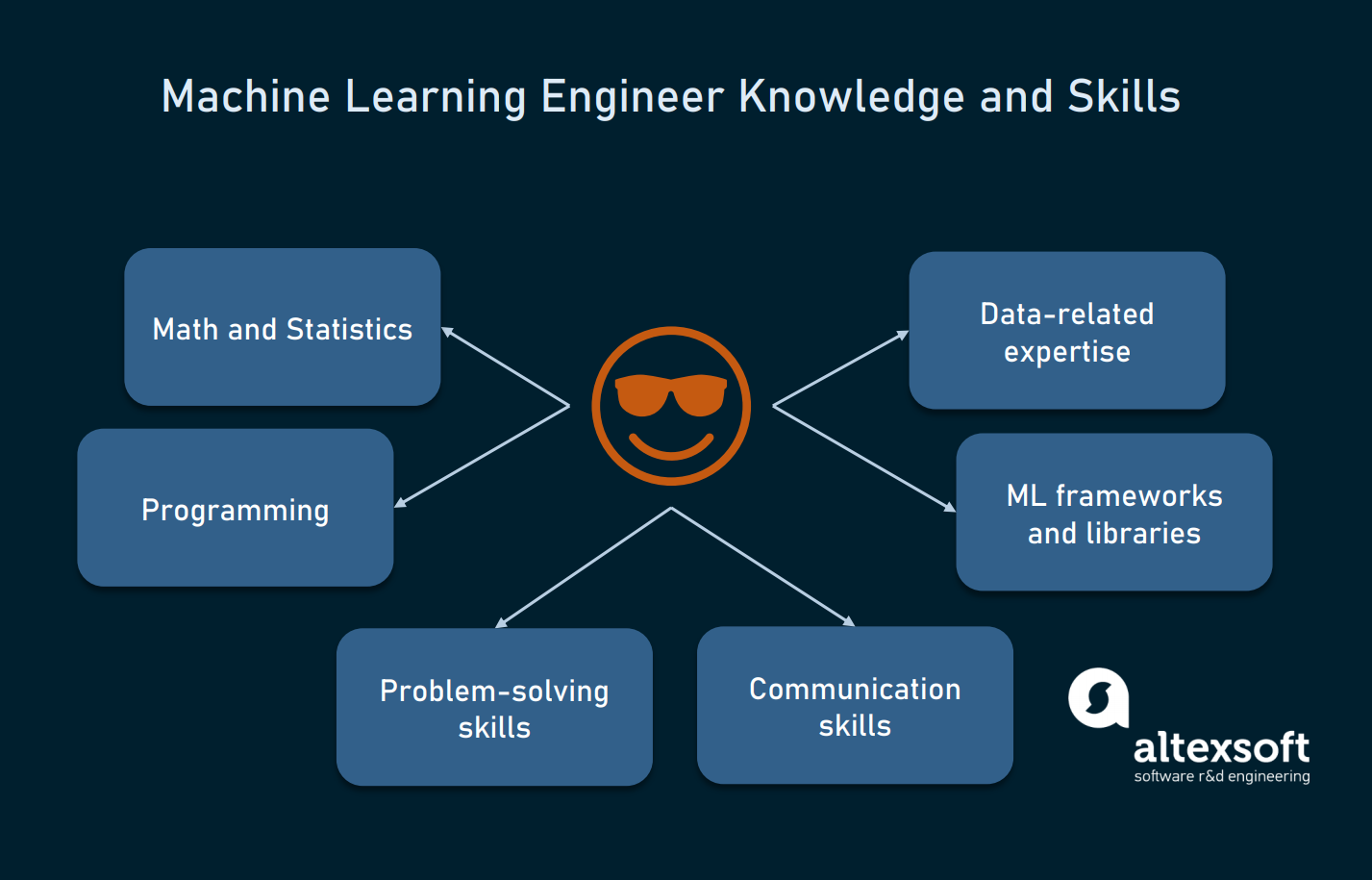
What machine learning engineers essentially do is build AI systems.
However, the difference is that machine learning engineers build AI systems that become “intelligent” by studying very large data sets. So the first part of their job involves selecting data sources on which their algorithms can be trained.
The analysis phase is carried out using machine learning algorithms that machine learning engineers can use on their data sets. They use various machine learning frameworks and libraries during this process.
Finally, machine learning engineers also analyze the results provided by their algorithms. These are used to constantly enhance the software so that it gets better at learning from the source data.
What Does a Deep Learning Engineer Do?
Deep learning engineers share a lot in common with machine learning engineers. They also build models that can learn and identify patterns in large data sets.
What sets deep learning engineering apart is the focus on developing neural networks. Neural networks require an input layer of data, hidden layers which the data is processed through, and an output layer, which provides the results of the analysis.
Deep learning engineers use a variety of skills to achieve this. Math is an important requirement and you need to have a good understanding of calculus, statistics, probability, and linear algebra. Most engineers in this field program in Python, Java, or R. You also need to be good at cleaning, parsing, and storing data.
FAQs About AI, Machine Learning, and Deep Learning
We’ve got answers to your most frequently asked questions.
What Is the Difference Between AI and Machine Learning?
AI is a broad field that concerns itself with enabling computers to simulate human intelligence. Machine learning is a field with AI that focuses on developing algorithms and models that can help software learn from and identify patterns in large data sets.
Is Deep Learning the Same As AI?
Deep learning can be considered a discipline under the AI umbrella. The field uses layers of learning networks to learn more about and analyze data.
Can I Learn Deep Learning Without Machine Learning?
No. You need to learn machine learning if you want to specialize in deep learning.
Related Read: 8 Best Deep Learning Courses to Grow Your Skillset
Since you’re here…Are you a future data scientist? Investigate with our free guide to what a data scientist actually does. When you’re ready to build a CV that will make hiring managers melt, join our Data Science Bootcamp that guarantees a job or your tuition back!





